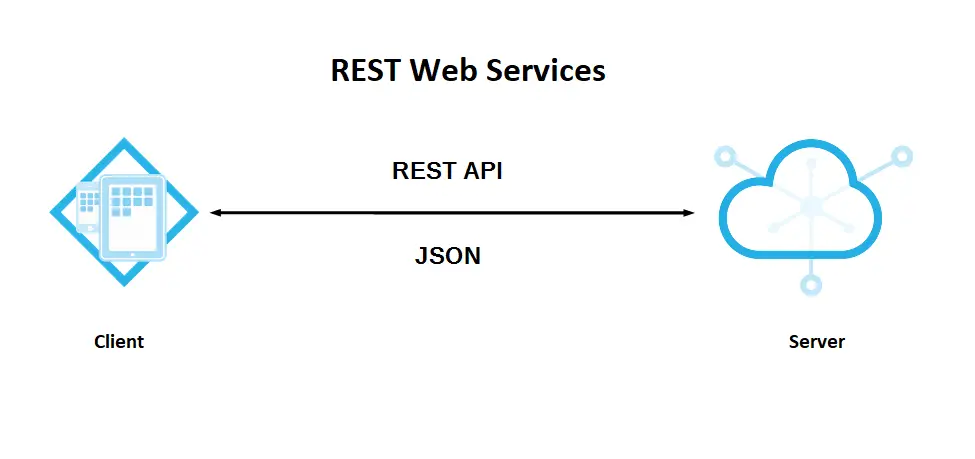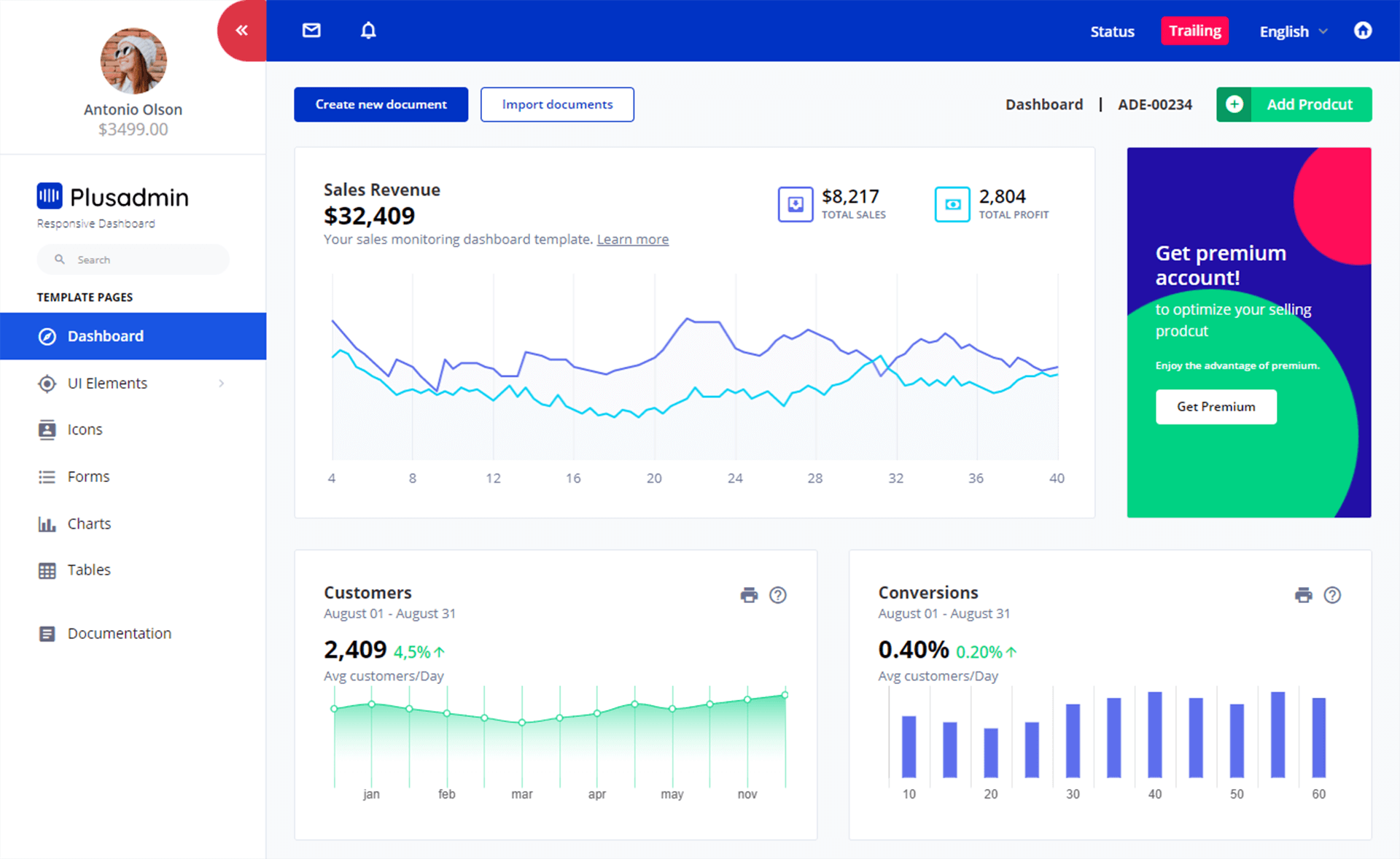Tuples in C#
By Tan Lee Published on Feb 06, 2025 384
What is a Tuple in C#?
A Tuple in C# is a data structure that allows you to store multiple values, each potentially of a different type, within a single unit. This can help simplify the way related data is grouped together without the need to define a custom class or struct.
Why Use Tuples in C#?
Tuples are useful because they allow you to group and manage multiple pieces of related data efficiently.
The main benefits include:
- Combining various types of data in a single unit.
- Easily passing multiple values between methods.
- Enhancing readability by grouping logically related data.
Understanding C# Tuples
In C#, you define a Tuple by specifying the data types of its elements.
For example, you can create a Tuple with two elements like this:
Tuple<string, double> productTuple = new Tuple<string, double>("Laptop", 1200.50);This Tuple stores a string (product name) and a double (price).
Creating and Initializing Tuples
You can create a Tuple using the Tuple class, like this:
Tuple<int, string> productInfo = new Tuple<int, string>(101, "Smartphone");
Starting with C# 7.0, Tuples can be created using a more concise and readable syntax with ValueTuple:
var productInfo = (101, "Smartphone");
Working with Tuples
Here are a few basic operations you might need when working with Tuples:
Accessing Elements:
int id = productInfo.Item1; // Access the first element (id) string name = productInfo.Item2; // Access the second element (name)
Modifying Elements: Since Tuples are immutable, you can create a new one if needed:
productInfo = (id, name + " Pro"); // Change product name
Comparing Tuples:
bool areEqual = productInfo.Equals(new Tuple<int, string>(101, "Smartphone Pro"));
C# Return Tuple
Tuples are especially useful for methods that need to return multiple values.
For example, a method that calculates the area and perimeter of a rectangle might return a Tuple like this:
public (double Area, double Perimeter) GetRectangleInfo(double width, double height)
{
double area = width * height;
double perimeter = 2 * (width + height);
return (area, perimeter);
}You can then deconstruct the returned Tuple for easy access:
(var area, var perimeter) = GetRectangleInfo(5.0, 10.0);
Console.WriteLine($"Area: {area}, Perimeter: {perimeter}");C# Named Tuples
What Are Named Tuples in C#?
Named Tuples, introduced in C# 7.0, allow you to assign custom names to Tuple elements instead of using default names like Item1, Item2, etc. This enhances code readability and maintainability.
Create a Named Tuple in C#
Creating a Named Tuple is easy and makes your code more intuitive:
var employee = (Id: 101, Name: "Alice", Department: "HR");
C# Tuple List
A List of Tuples expands on the concept of Tuples by enabling you to store collections of them:
List<(int, string)> employees = new List<(int, string)>
{
(101, "Alice"),
(102, "Bob"),
(103, "Charlie")
};What is a list of Tuples in C#?
A List of Tuples in C# allows you to store an ordered collection of Tuples, offering a simple way to manage groups of related data.
Creating Lists of Tuples
To create a List of Tuples, just declare the List with the appropriate Tuple data types:
List<(int, string)> employees = new List<(int, string)>();
You can iterate through the list easily:
foreach (var (id, name) in employees)
{
Console.WriteLine($"Employee ID: {id}, Name: {name}");
}Using System.Tuple Namespace
C# also includes the System.Tuple namespace, which provides the original Tuple class. However, the ValueTuple type introduced in C# 7.0 is more efficient and preferable for most cases.
Best Practices for Tuples
Use Tuples when:
- You need to return or group related data without creating a complex class.
- You want a lightweight way to handle data that doesn't need advanced behaviors or methods.
Avoid Tuples when:
- The data is complex, requiring more detailed relationships or behaviors that classes or structs can provide.
Named vs Regular Tuples
Named Tuples enhance readability by allowing you to assign meaningful names to each element, while Regular Tuples use generic Item1, Item2, etc. This is especially helpful in larger, more complex codebases.
Regular Tuple:
Tuple<int, string, string> productDetails = new Tuple<int, string, string>(101, "Laptop", "Electronics");
Console.WriteLine($"Product ID: {productDetails.Item1}, Name: {productDetails.Item2}, Category: {productDetails.Item3}");Named Tuple:
var productDetails = (Id: 101, Name: "Laptop", Category: "Electronics");
Console.WriteLine($"Product ID: {productDetails.Id}, Name: {productDetails.Name}, Category: {productDetails.Category}");The Named Tuple version is far clearer and easier to understand.





